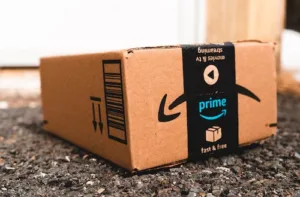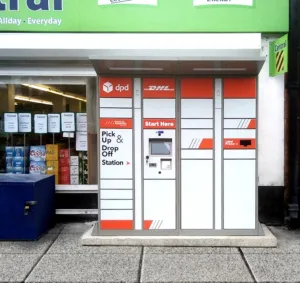Retailers are facing mounting challenges to get their customer experiences right, with a staggering 89% of consumers having altered their shopping habits in response to the cost-of-living crisis, according to research from commerce solutions provider Manhattan Associates.
The survey of 6,000 consumers from across 12 major international markets found that 84% of shoppers will start their buying journey online. However, 16% of the 1,150 management or senior-level officers – in retailers with more than $100 million in annual revenue – also surveyed reported that their organisation’s in-store and online operations continue to run separately.
Positively, 54% of retailers now allow their customers to buy in-store and return online, while 48% provide a means for customers to buy online and return in store. But this is creating an additional challenge, with retailers only having an accurate indication of inventory across their entire operations 70% of the time.
Interestingly, 45% of consumers still consider sustainability an important factor when choosing where to shop, though this is down from 50% last year. Younger people are more likely to consider a retailer’s sustainability efforts, with 55% of 18 to 24-year-olds viewing it as an important factor.
Meanwhile, email (47%) remains the preferred way for consumers to engage retailers, followed by direct in-person contact with a store team (43%) and social media (40%).
“This year’s research highlights how important unification across omnichannel commerce and supply chain is, as an avenue to lessen the economic burden on consumers, but also, as a way to address the longer-term environmental impact unchecked consumerism is having on our planet,” said Henri Seroux, SVP EMEA at Manhattan Associates.









